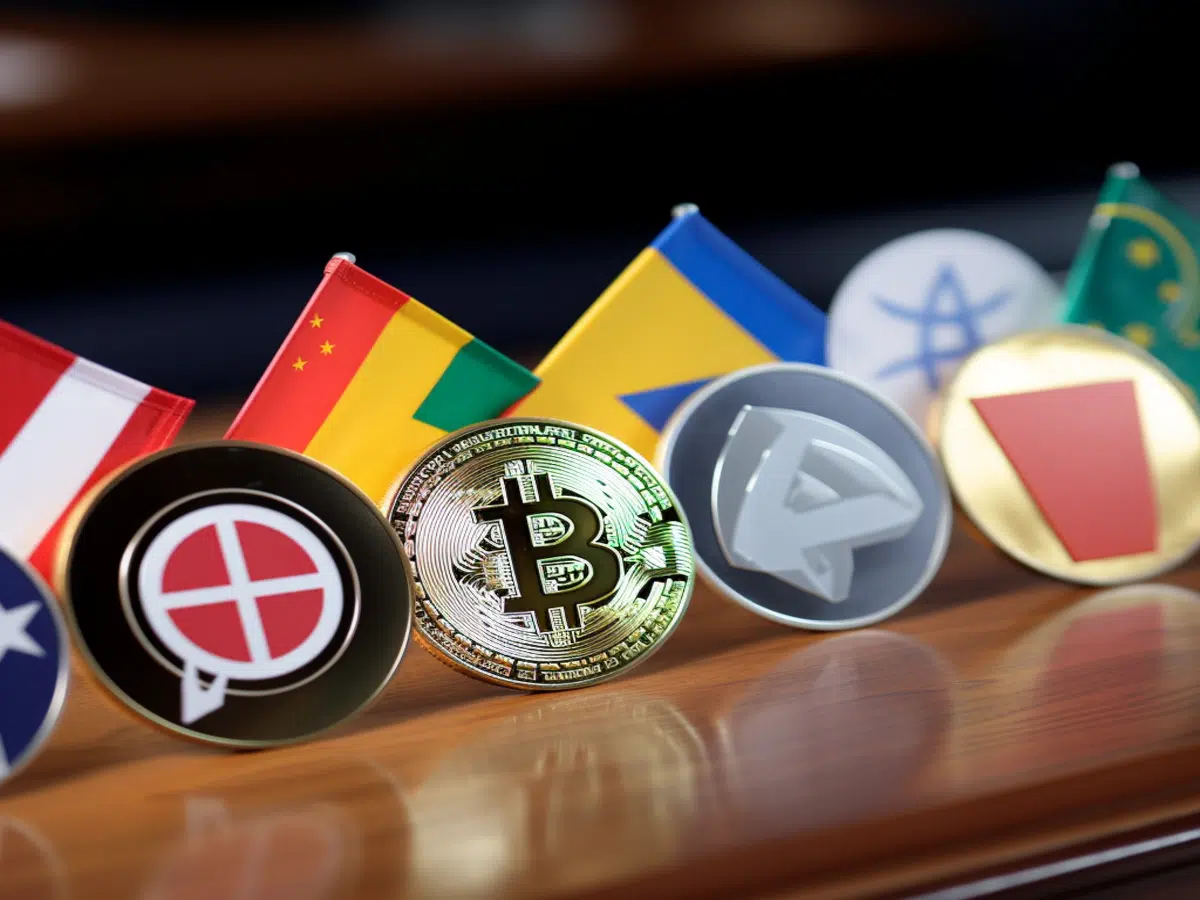Crypto needs frameworks, not blanket bans: IMF, FSB

- IMF and FSB’s joint paper aims to introduce global norms for the crypto sector.
- It calls for comprehensive and standard policies to be formulated to address risks posed by crypto.
A blanket ban on crypto won’t mitigate risks posed by virtual assets. Instead, there should be sound monetary policy frameworks, targeted restrictions, and unambiguous crypto taxation to address such risks.
The above is one of the several recommendations put forward in the synthesis paper that the International Monetary Fund (IMF) and the Financial Stability Board (FSB) jointly published on 7 September.
The policy paper will be presented during G20 in India this week. Notably, it reiterated the IMF’s previously stated stance that crypto bans are unreliable. Such bans lead to crypto activities migrating to other jurisdictions, creating “spillover risks.”
Instead, jurisdictions, especially emerging economies, should enforce targeted restrictions during stressful financial periods of time to address risks. India had particularly asked the bodies to address concerns around macro-financial risks posed by crypto in emerging markets and developing economies (EMDEs) in the paper.
The paper also underlined that robust policies, credible institutional frameworks, and comprehensive regulation and oversight are the basis of a reliable financial system that can address macroeconomic and financial risks posed by crypto.
Global stablecoins (GSCs) riskier than other stablecoins?
The paper also talks in detail about the potential risks caused by global stablecoins, such as currency replacement or bank runs.
If stablecoins became easier and economical to hold in large quantities, it could lead to faster capital movements. But this is a double-edged sword. As there is more interconnectedness of global stablecoins (GSCs), it could lead to a faster transmission of risks and volatility.
The paper describes the GSC as a stablecoin with “potential reach and adoption across multiple jurisdictions.” The risks arising due to these assets might be greater than those posed by other stablecoins.
Besides, stablecoins come with the risks of price instability (remember Tether [USDT]?) and dependency on private issuers.
Only comprehensive and standard policies on such matters can address these risks, the paper added.
It also mentions that financial organizations are looking to collect detailed “test” data on crypto used in making payments by the end of 2025.






